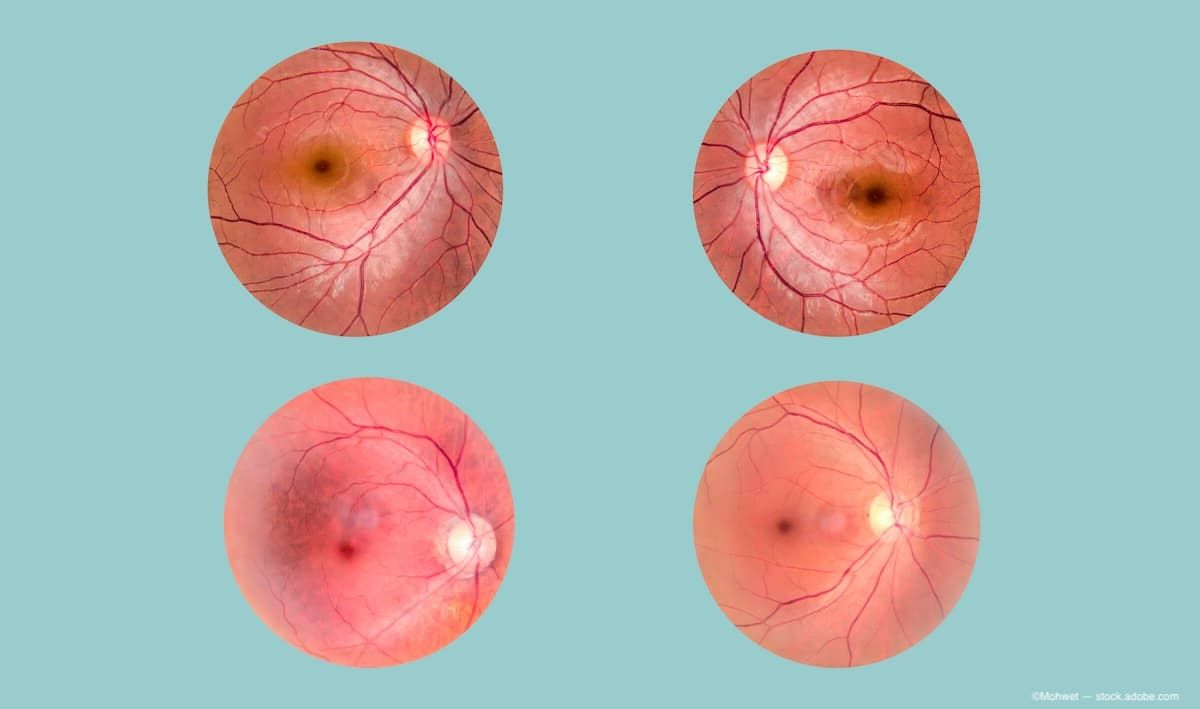Article
Ophthalmologist Patricia Bath, MD, eligible for induction into National Inventors Hall of Fame
Author(s):
Dr. Bath could be the first African-American woman inducted into the Hall. As the first African-American woman to receive a medical patent, for the laserphaco probe, and the first woman to lead a post-graduate training program in ophthalmology, her experience is extensive.
Patricia E. Bath, MD

In a life full of milestones, Patricia E. Bath, MD, lived without limits. She was the first African-American to complete an ophthalmology residency at New York University (1973), first African-American woman appointed to UCLA Medical Center's surgical staff (1975) and the first woman to lead a post-graduate training program in ophthalmology.
And Dr. Bath was just getting started. As an ophthalmologist, her passion was combating preventable blindness in underserved populations.
In 1986, Dr. Bath invented the Laserphaco Probe for treating cataracts, one of the most important surgical tools in the history of ophthalmology, in which she used the Excimer Laser to develop a device and method for minimally invasive cataract surgery.
In 1988, Dr. Bath became the first African-American woman to receive a medical patent [U.S. Patent No. 4,744,360]. Over the years, the United States Patent and Trademark Office has singled out Dr. Bath’s achievement several times. In a 2014 news release, the office noted that her work had “helped restore or improve vision to millions of patients worldwide.”
During her career, Dr. Bath was awarded five U.S. patents.
Dr. Bath’s method has helped eye surgeons restore or improve vision for millions of patients worldwide. Of the 20 million cataract surgeries performed worldwide annually, Dr. Bath's Laserphaco technique is used in more than 1 million of them. Today, the Laserphaco method is semi- automated by computers, software, and robotics.
Her studies at the Harlem Hospital Center in the 1970s revealed epidemic rates of preventable blindness among underserved urban populations. In 1976, Dr. Bath co-founded the American Institute for Prevention of Blindness to address vision inequities.
Dr. Bath received a degree in chemistry from Manhattan's Hunter College in 1964 and her medical degree, with honors, from Howard University College of Medicine in 1968. She served her residency in ophthalmology at New York University, the first African American to do so.
After a fellowship program at Columbia University, which focused on corneal transplantation and keratoprosthesis surgery, Dr. Bath relocated to Los Angeles to join the Jules Stein Eye Institute at the UCLA and the Charles R. Drew University as the first woman ophthalmologist on the faculty.
In 1993, she retired from UCLA, which subsequently elected her the first woman on its honorary staff.
Born on November 4, 1942, in Harlem, New York, Dr. Bath, passed away on May 30, 2019, at the age of 76. She was a trailblazing physician who has been
nominated 11 times to be inducted into the National Inventors Hall of Fame, an organization that recognizes the enduring legacies of exceptional U.S. patent holders. If admitted, she would be the only African-American woman out of 603 inventors.
In honor of Black History Month, the National Inventors Hall of Fame is encouraging the public to nominate an African-American inventor for consideration in their Class of Inductees. Nominations can be made at www.invent.org.
"My mother's invention is as significant to the laser cataract surgery industry as Bell's telephone is to the telecommunications industry and Edison's light bulb is to the electric lighting industry," her daughter, Eraka Bath, MD, an associate professor of Psychiatry and Biobehavioral Sciences at UCLA said in a statement. "Being inducted into the National Inventors Hall of Fame would be an amazing honor."
Newsletter
Don’t miss out—get Ophthalmology Times updates on the latest clinical advancements and expert interviews, straight to your inbox.




